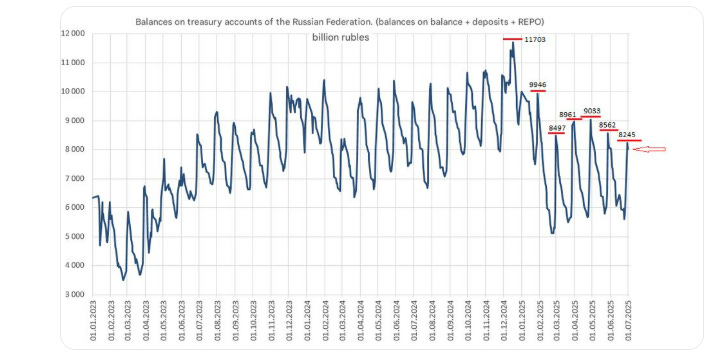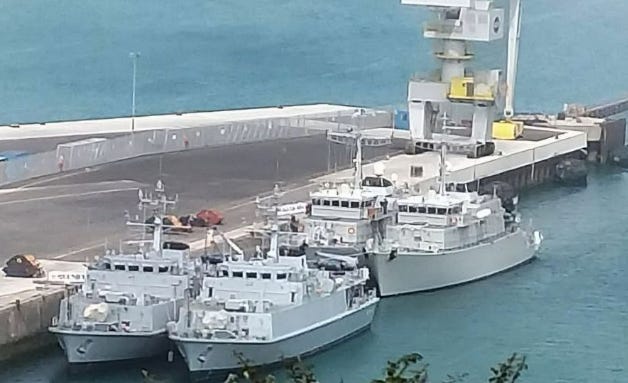
In addition to all of the usual scholarly paths to my expertise, I have always included a hands on form of research into the relevant practices of my subjects. Last week, I wrote up the “method” behind this learning, in “On Adventurous Research.” It is exactly as fun and nerdy as it sounds.
Disaster and Crisis Response
In the US, from deadly fire to flood, it was a bad week in American disasters. It began in the closing hours of Sunday, and by Monday morning the news confirmed intentional arson and ambush of responding firefighters in Kootenai County, Idaho. Two firefighters were killed when the gunman opened fire as they arrived on scene to combat the fire. And as Thursday turned to Friday, rains in Hill Country and surrounding areas of Texas cause flash flooding. Worse, holiday campgrounds lay in the path of the water’s violent course, same as the course of a June 1987 Guadalupe River flood. While accusations swirled over which echelon of government operation, local or federal, was responsible for the unfolding tragedy on Friday, the record made clear NWS issued timely warnings, starting on Wednesday, but that the final emergency notification came in the middle of the night, to little notice in the critical locales.
More generally, elimination of a program that shared key military satellite data with forecasters stirs concerns for hurricane season.
In China, emergency response to flooding includes rescue from high waters by drone.
Ukraine War
Ukraine’s war on Russian industry continues apace. On Monday, in the sort of perverse irony war produces, they struck a plant in Kupol that manufactures air defense systems and attack drones for the Russian military. In a fine combined arms, joint operation, Ukrainian naval drones launched aviation drones to hit targets in Crimea.
US arms shipments to Ukraine were halted in Poland on Wednesday. At the time, DoD cited inventory concerns, and described the action as a pause to assess the inventory and demand. However, by the weekend, it emerged that such considerations were not relevant to the pause. After phone conversations with Putin and Zelensky, where the former irritated the US President by launching attacks subsequent to the call, and the latter built upon rapport established at NATO summit, Trump seemed to indicate the pause would be lifted.
Latvia’s support remains steadfast as local production of military vehicles for Ukraine is underway. Agreed in February, the Baltic state will deliver the assembled armored personnel carriers (approximately 42 Patria 6x6) to Ukraine later this year. In fruther economic mingling with its allies in war, Ukraine signs deal to enable the manufacture of arms in Denmark.
Kyrylo Budanov, on Russian drone capacity, describes the upper limit as an attack of as many as 500 drones in a single day. He was careful to note that this is not a normally repeatable capability, but it is what they can achieve at intervals.
On the Russian economic front, the cost of the war continues to mount. Russian Kazan Aviation Plant is also struggling under sanctions to build military aircraft. It has been determined that in the month of June authorities set the world record for internet blackouts with 665 shutdowns in their efforts to stymie drone operations. Air travel suffered similar shutdowns over the weekend, stranding thousands in Moscow and regional airports. Like the trucking havoc and border insecurity, the secondary costs of Ukraine’s operations in Russian skies are delivering several orders of effect.
In personnel mobilization, Russian capacity to recruit outside the capital region must be flagging as another month’s worth of losses are begged off of North Korea.
Defense
Pictured above, four Ukrainian minesweeping ships were in Portland, England, for Exercise Sea Breeze 25-2 along with naval forces from across the NATO maritime powers. A regular feature of Black Sea security and interoperability, this second exercise of the year focused on Mine Countermeasure capabilities in Black Sea scenarios.
Norwegian and Dutch Ministries of Defense announced F-35 fighter jets will be sent to Poland and Rzeszów Airport this fall, strengthening Norway's contribution to NATO's air and missile defense. The mission is aimed at protecting Poland's airspace and the key logistical hub for aid to Ukraine. The Financial Times has an exceptional infographic showing the defense preparations on NATO’s eastern frontier.
On European military industrial mobilization, this from Candace Rondeaux in World Politics Review analyzes the implications of Ukraine’s demand and US flirtations with perfidy on the landscape of the defense economies. In personnel mobilization, Denmark will begin registering women for conscription into the armed forces. The MARTE tank development project is launched by the European Defense Fund, with Germany, Belgium, Spain, Estonia, Finland, Greece, Italy, the Netherlands, Norway, Romania, and Sweden participating.
Do you need more on European Military Mobility? Yes, you do!
Trade and Economy
This is supposed to be the week tariff issues are settled, but as yet, nobody within the US or the targeted states understands the full state of play. Nevertheless, it seems obvious the 90 Deals in 90 Days pledge will not be met. To date, job numbers for the six months since the Inauguration show a lethargic economy.
Tesla announced 13% global sales losses for the second quarter, putting the automaker in peril of a second year of annual losses. GE Aerospace may resume sales of jet engine parts to China’s Commercial Aircraft Corp.
Shipping and Handling
USPS saves money in partnership with UPS air cargo as its vendor in place of FedEx.
Malawi seeks measures to end the fraudulent use of its state for a completely fabricated shipping registry being run to carry black market cargo traffic.
Oversize load-mastering is not easy work. Here, a windmill blade in transit go away from the drivers. I feel like it is problematic to drive an oversized sail down the highway, and that some form of load break was needed to break the natural dynamics of the blade.
Transit and Infrastructure
In the perennial cycle between central and private control of critical infrastructure, the recent UK experience of privatization feels a failure as many call for the return of state control.
Local residents suffer health effects from overheating landfills “spewing toxic gases and geysers of trash juice.” Trash juice is going to stay with me.
In space, the developing network of satellites is staggering. Watch this video to see the acceleration of this seemingly invisible critical information infrastructure.
Manhattan Borough President Mark Levine came in hot with Congestion Pricing statistics for the first six months:
67k fewer drivers entering zone daily
Delays in Holland Tunnel down 65%
Traffic deaths down 32% to date in 2025
$500m projected this year for MTA capital improvements
Broadway attendance +12%
Subway ridership +7%








